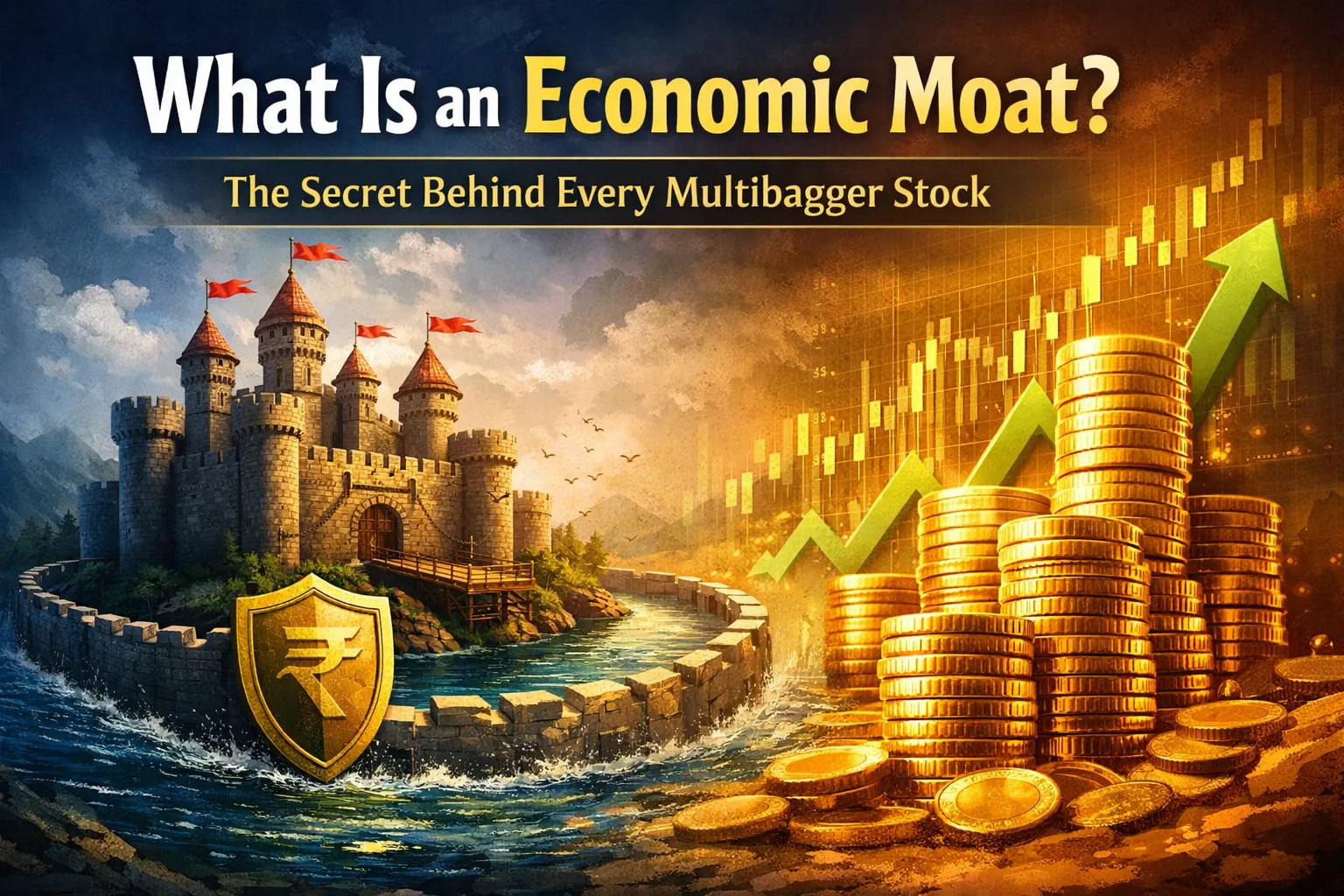
Imagine one day your favorite mobile app or a popular clothing brand says:
“Now you can become a part-owner of our company!”
Sounds exciting, right?
That’s exactly what happens when a company launches its IPO — Initial Public Offering.
It’s a moment when a private company opens its doors to the public and lets regular people become shareholders.
But what exactly is an IPO? How does it work? And what does it mean for you as an investor?
Let’s break it down in simple terms.
What is an IPO?
IPO stands for Initial Public Offering.
It is the process by which a private company offers its shares to the public for the first time and becomes a publicly listed company on the stock exchange.
In simple words: Before an IPO, only a few people own the company. After the IPO, anyone can buy shares and become a part-owner.
A Simple Example:
Let’s say there is a company called “Chai Junction”. It runs a successful tea café chain across India. Now it wants to expand to more cities but needs money for growth.
Instead of taking a bank loan, the company decides to launch an IPO.
It offers shares to the public — including people like you and me.
You buy some shares, the company raises funds, and in return, you become a shareholder. If the company grows in the future, your share value also goes up.
That’s how you make money with an IPO.
How Does an IPO Work?
Launching an IPO involves several key steps:
1️⃣ DRHP (Draft Red Herring Prospectus):
Before launching the IPO, the company submits a document to SEBI (Securities and Exchange Board of India). It includes:
- What the company does
- How much money it needs and why
- The risks involved
2️⃣ Face Value vs Issue Price:
- Face Value is the base value of a share (e.g., ₹10)
- Issue Price is the price at which the share is offered in the IPO (e.g., ₹150)
3️⃣ Lot Size:
Shares in an IPO are offered in groups called lots.
For example, if one lot has 15 shares, you must buy at least one lot.
4️⃣ Subscription:
This shows how much demand the IPO has.
If more people apply than the shares available, it’s called oversubscription.
5️⃣ Allotment:
After the application period, shares are allotted through a lottery system. You may get full, partial, or no shares.
6️⃣ Listing Day:
This is the day the shares get listed on the stock exchange (NSE/BSE) and start trading.
If the share price opens higher than the issue price, you earn a listing gain.
Types of IPOs
All IPOs aren’t the same. Based on company size and capital, IPOs are mainly divided into two types:
🟦 1. Mainboard IPO:
- Launched by large and established companies
- Listed on main exchanges like NSE or BSE
- Minimum post-issue capital is usually ₹10 crore or more
- Retail investors can invest with smaller amounts (₹10,000–₹15,000)
Examples: LIC, Zomato, Tata Technologies
🟩 2. SME IPO (Small and Medium Enterprises IPO):
- Launched by small or mid-sized companies
- Listed on NSE Emerge or BSE SME platforms
- Capital between ₹1 crore and ₹10 crore
- Lot sizes are larger (investment may start from ₹1–2 lakh)
Examples: Concord Control Systems, Inox Green Energy
Mainboard vs SME IPO:
| Feature | Mainboard IPO | SME IPO |
| Listing Platform | NSE, BSE | NSE Emerge, BSE SME |
| Company Size | Large | Small/Medium |
| Capital Requirement | ₹10 crore+ | ₹1–10 crore |
| Investment Amount | ₹10K–₹15K | ₹1–2 lakh minimum |
| Risk Level | Lower | Higher |
Benefits of an IPO:
- Companies raise capital for expansion
- Investors get a chance to earn listing gains and long-term returns
- Investors become part-owners in companies they trust
- Higher transparency as companies follow SEBI regulations
Risks in IPO Investing:
- Not every IPO gives profits
- You may not get shares due to oversubscription
- Share prices may drop after listing
- Weak companies may underperform in the long run
Final Thoughts
An IPO is more than just buying a stock — it’s an opportunity to join a company’s growth journey.
Whether it’s a Mainboard IPO or an SME IPO, both offer unique opportunities — and come with risks too.
Before investing in any IPO, always study the company’s business model, financials, and future plans. A wise investment decision can lead to great rewards.
So next time you hear, “An IPO is coming”, ask yourself:
Do I trust this company? Do I want to be part of its future?




































































